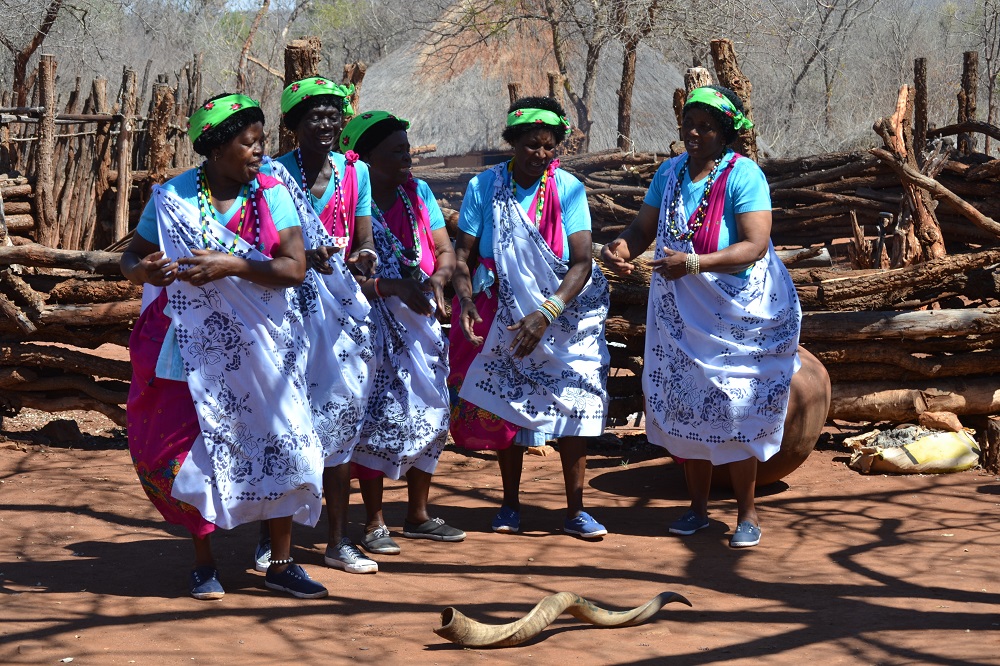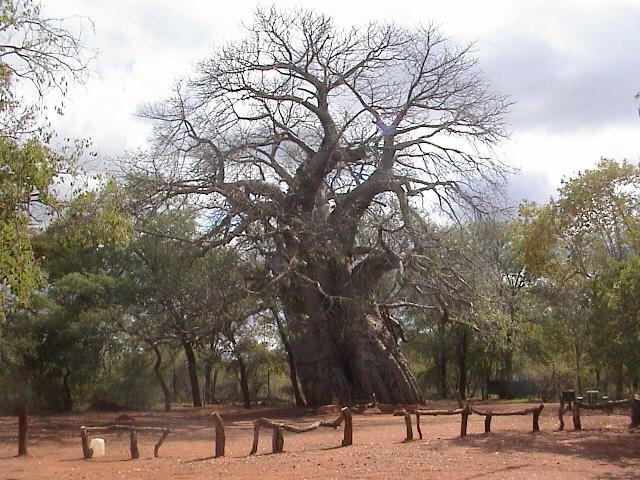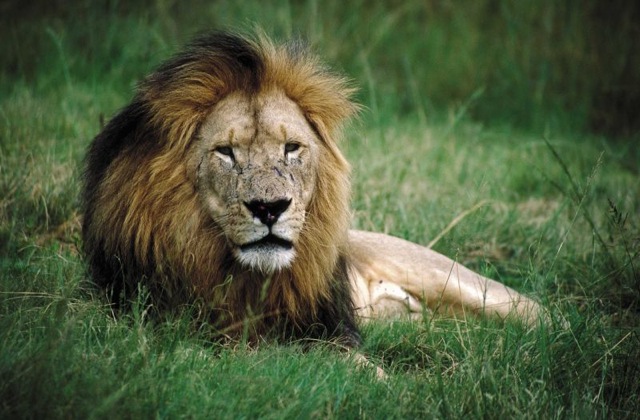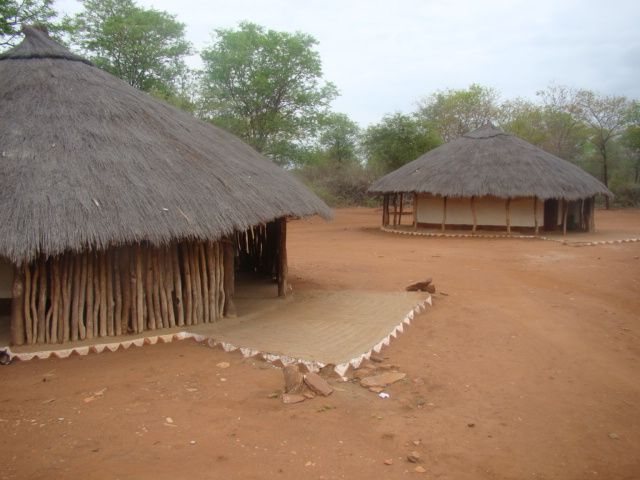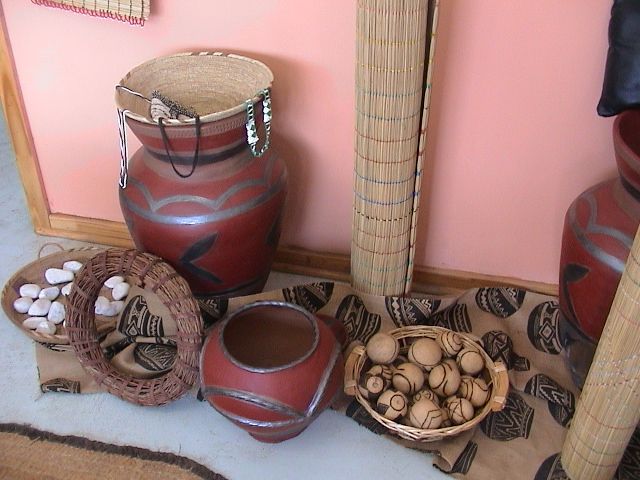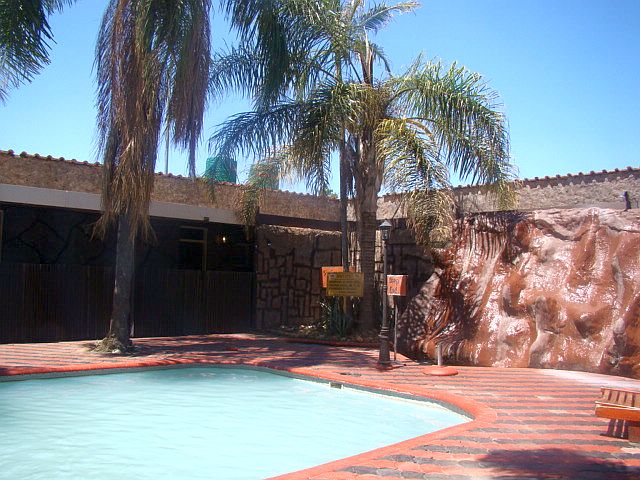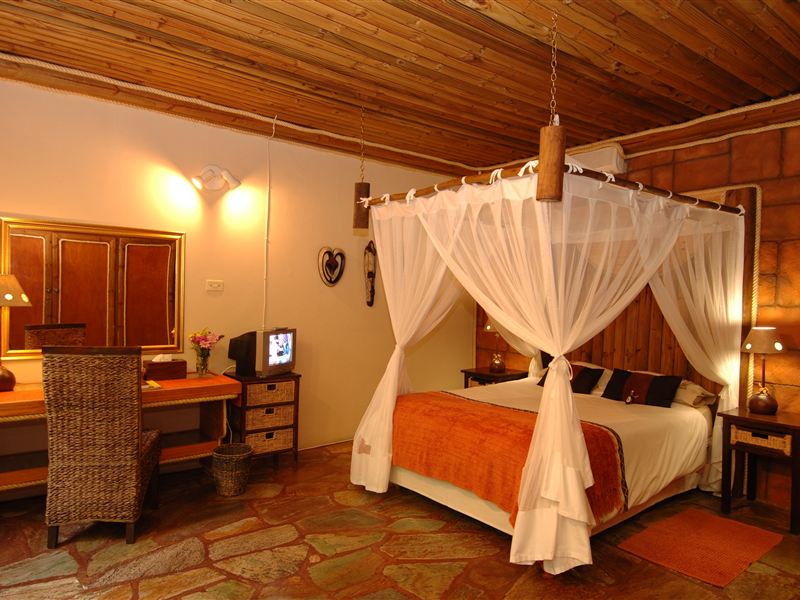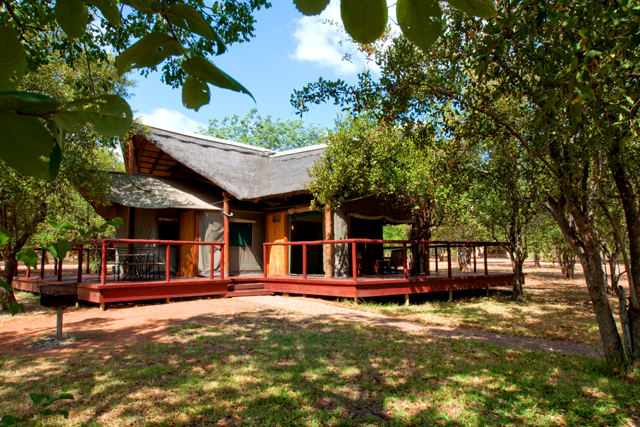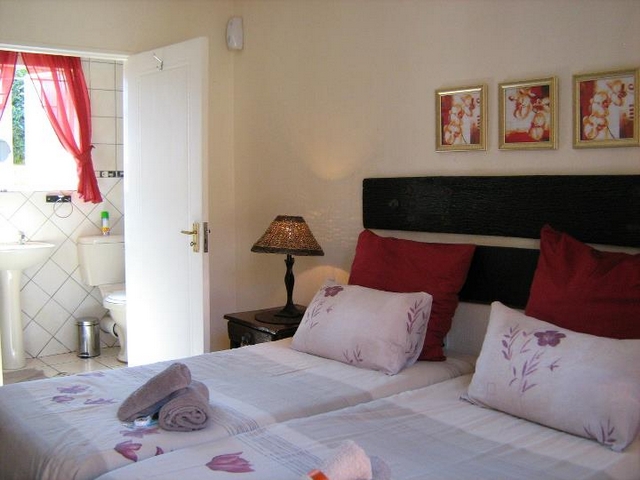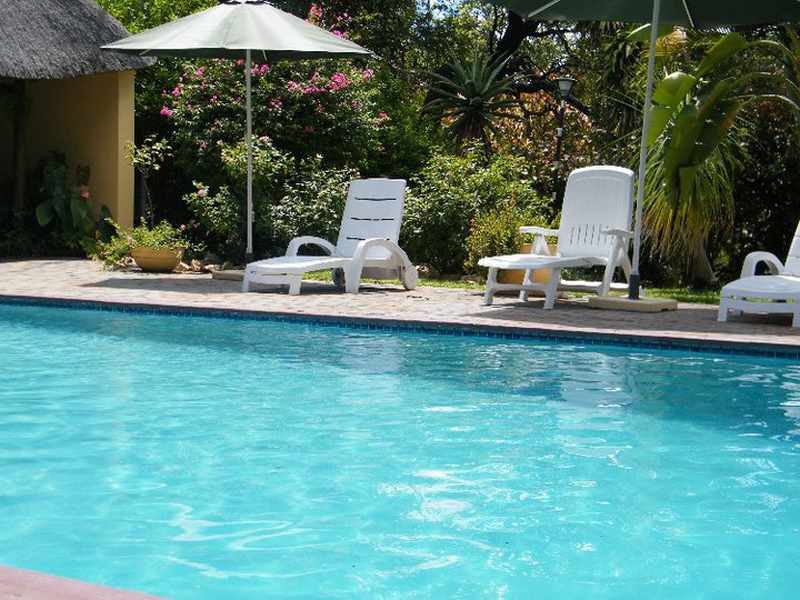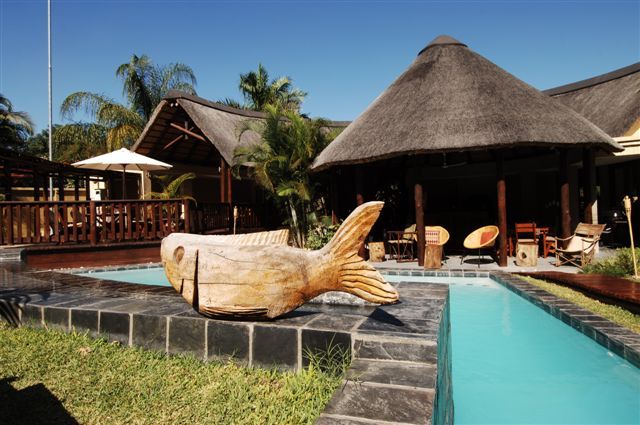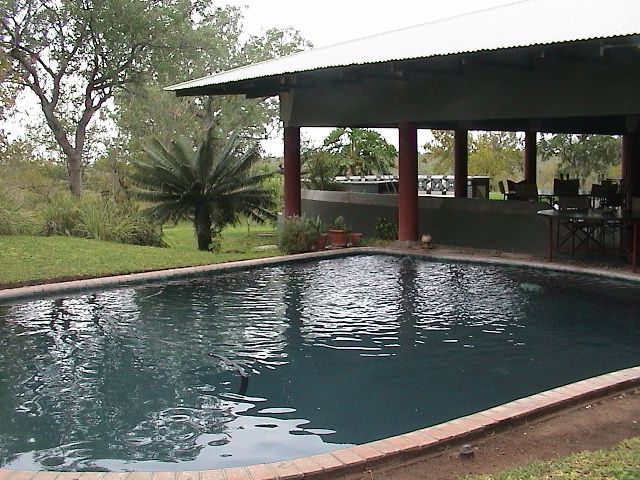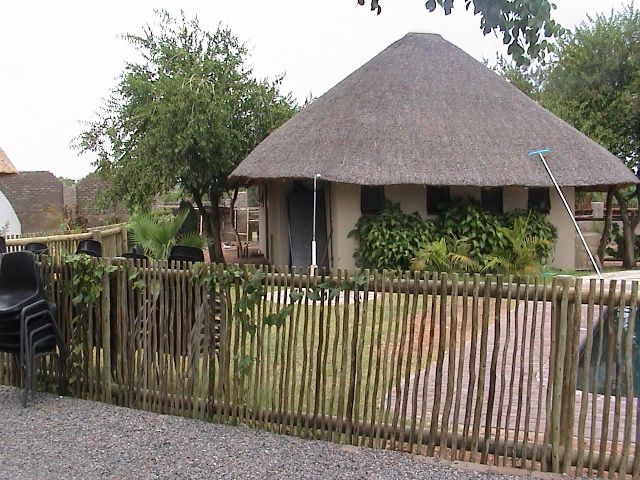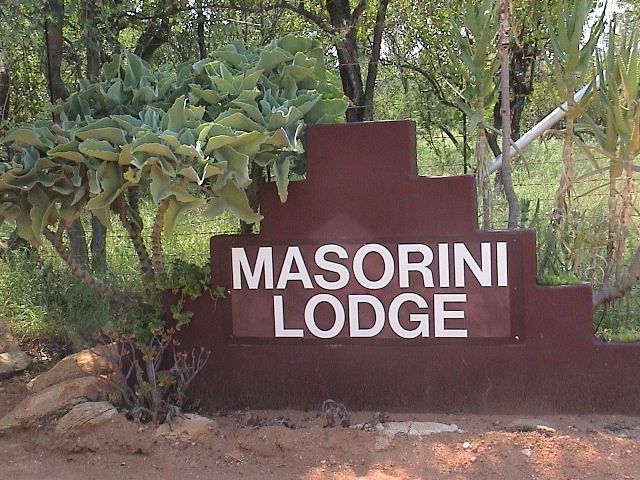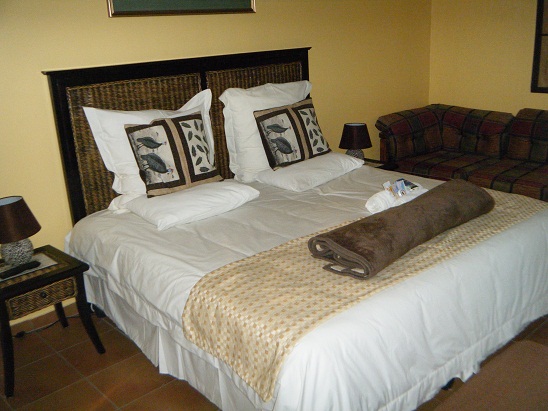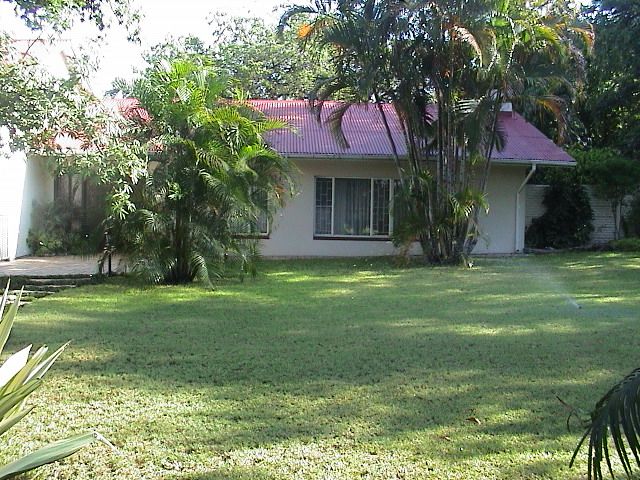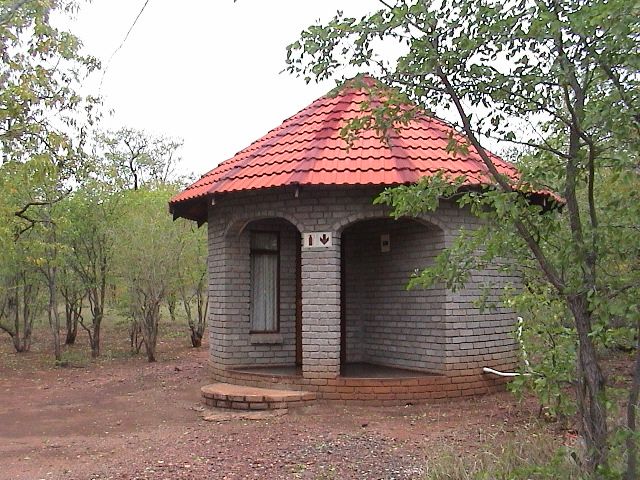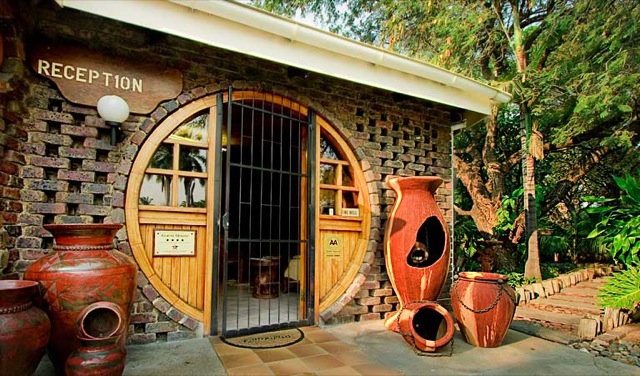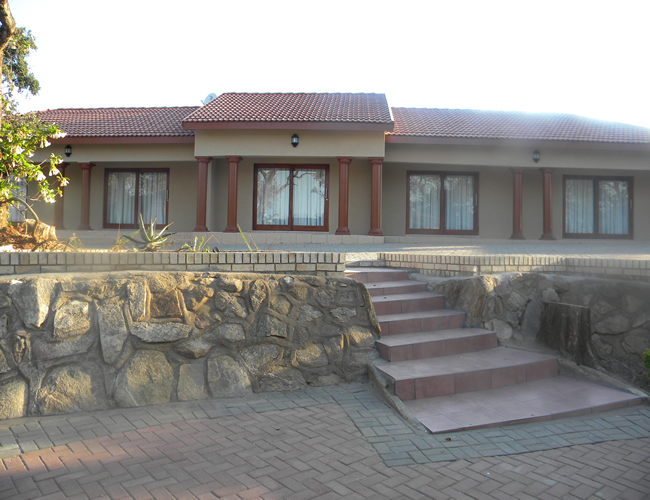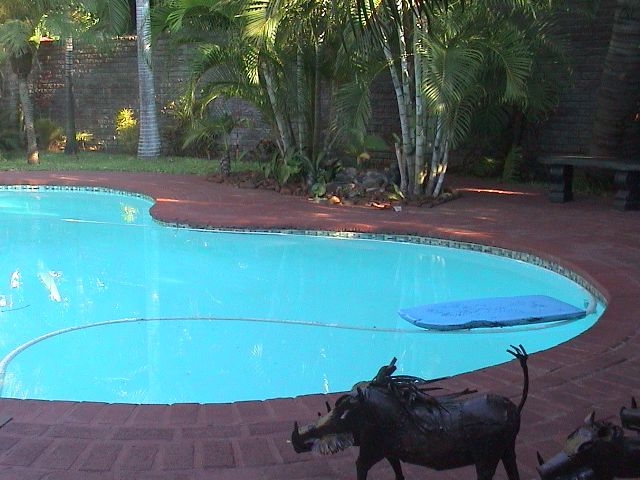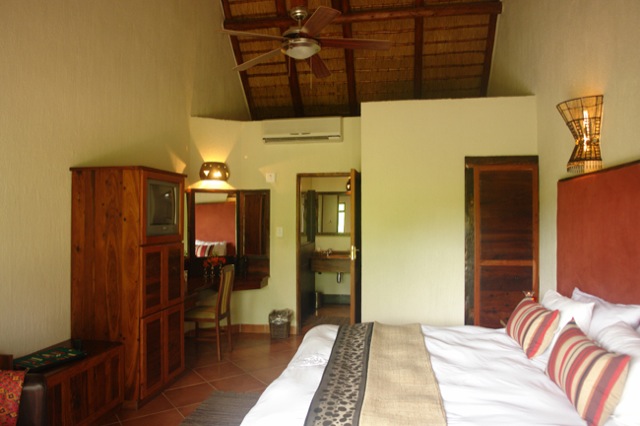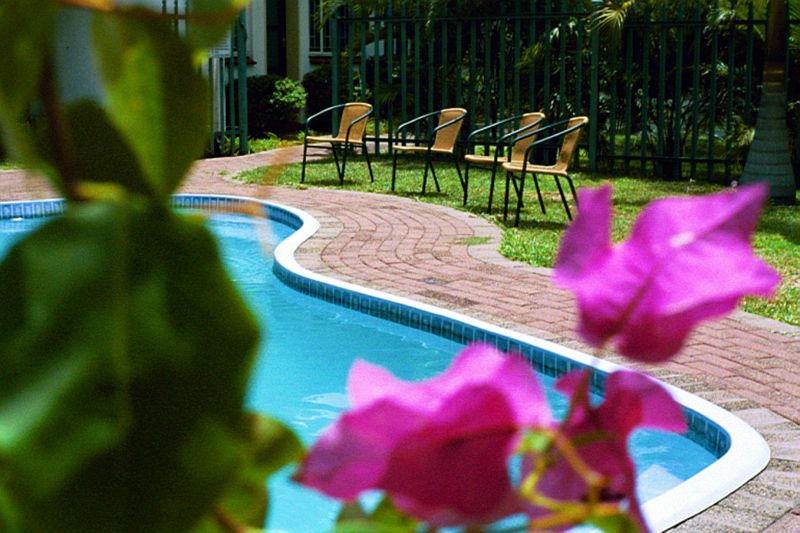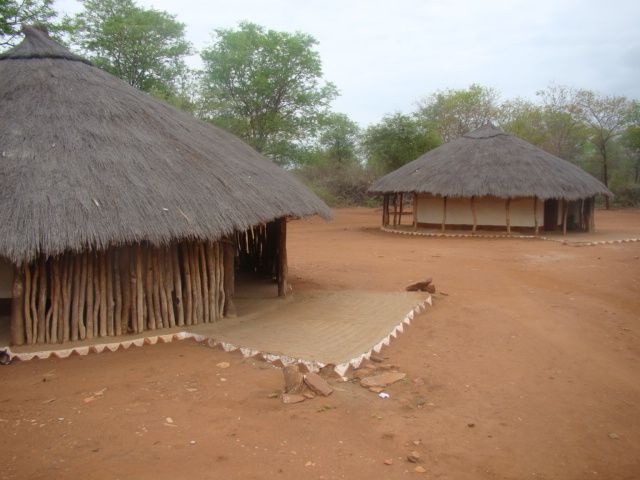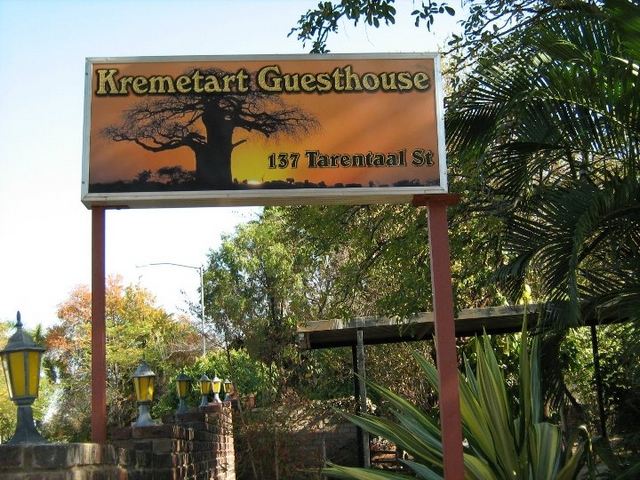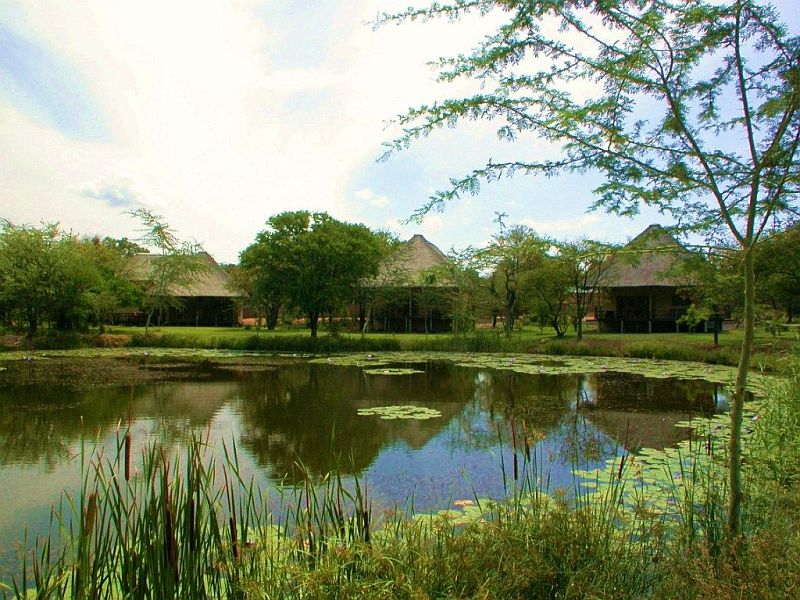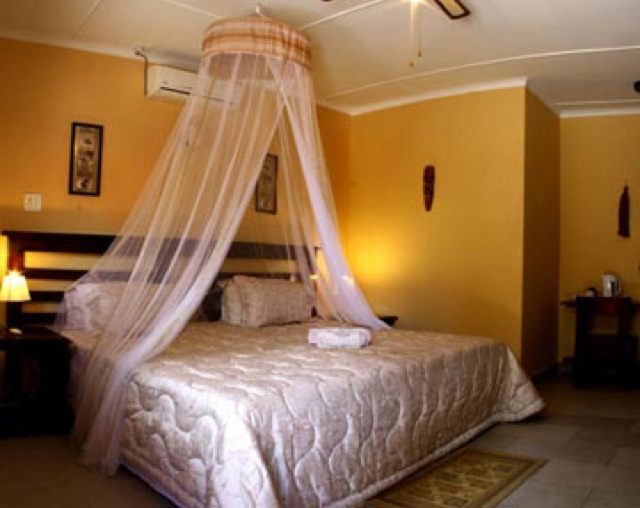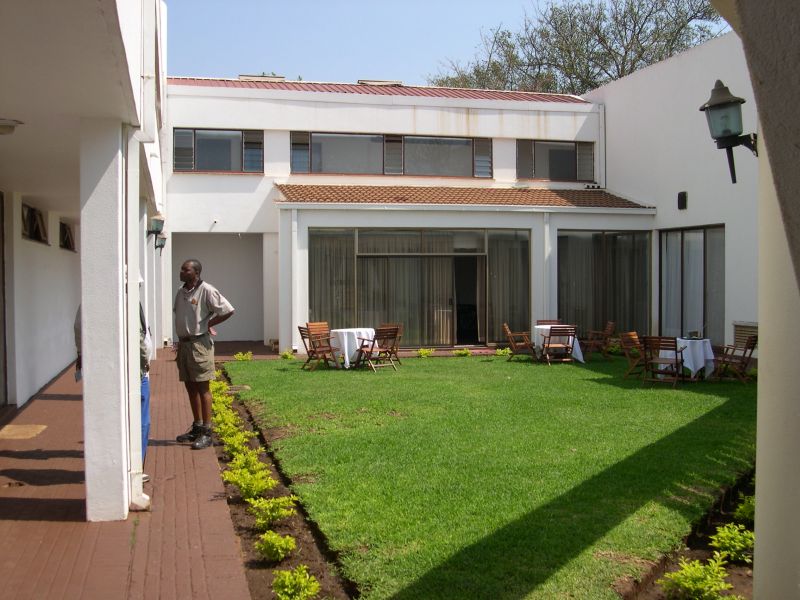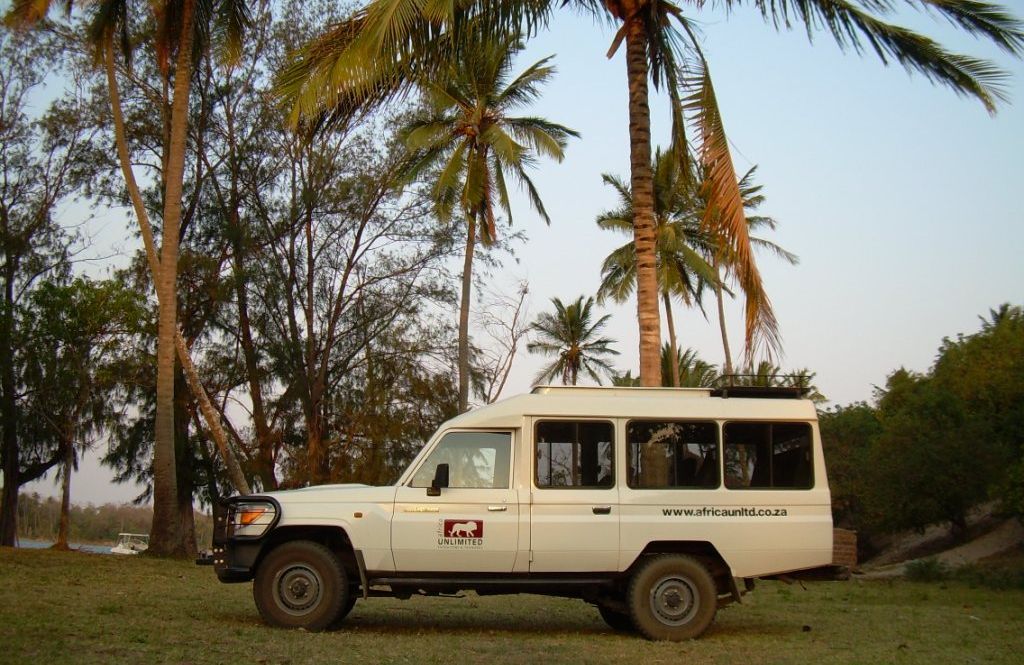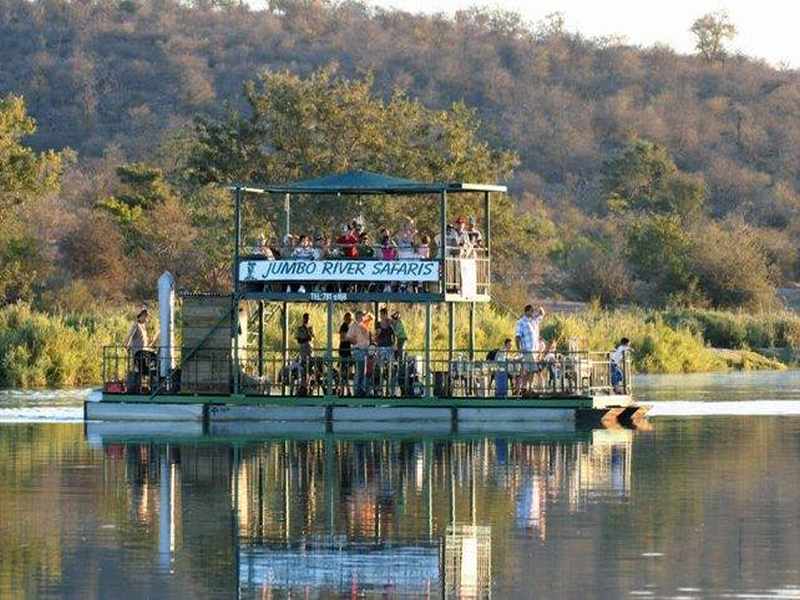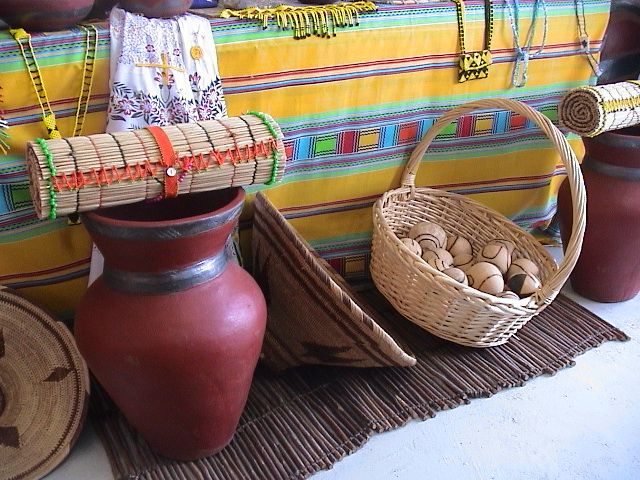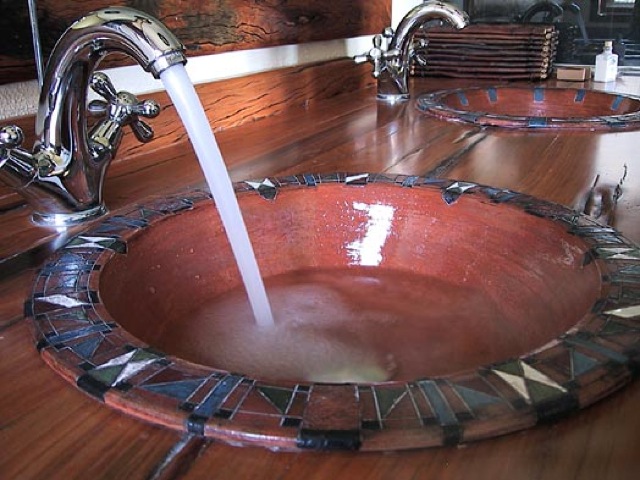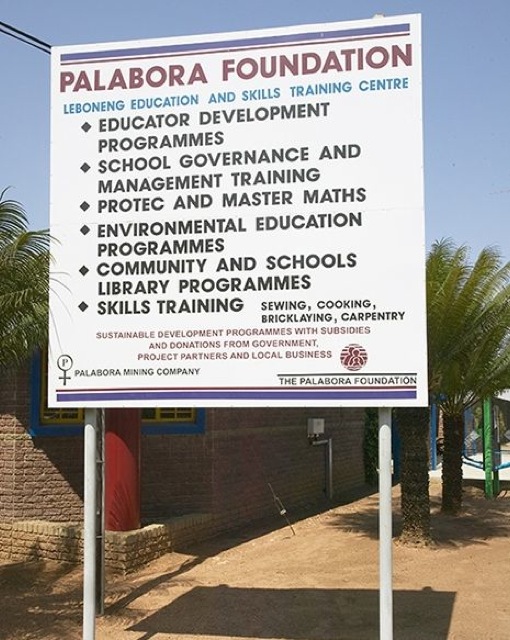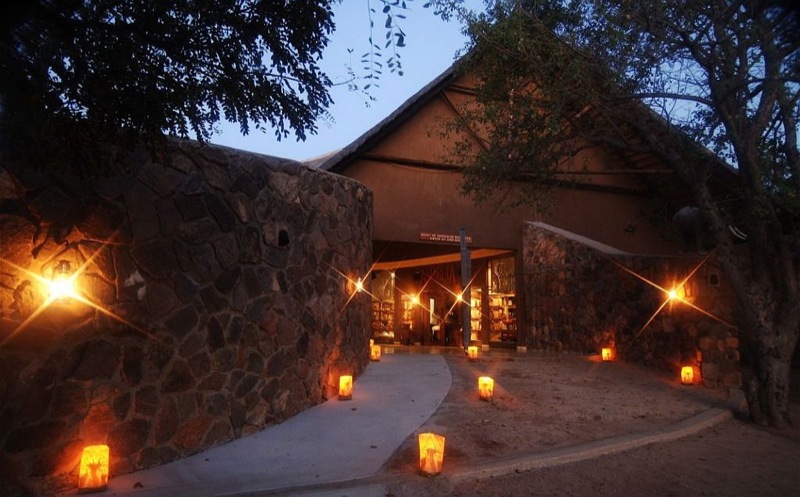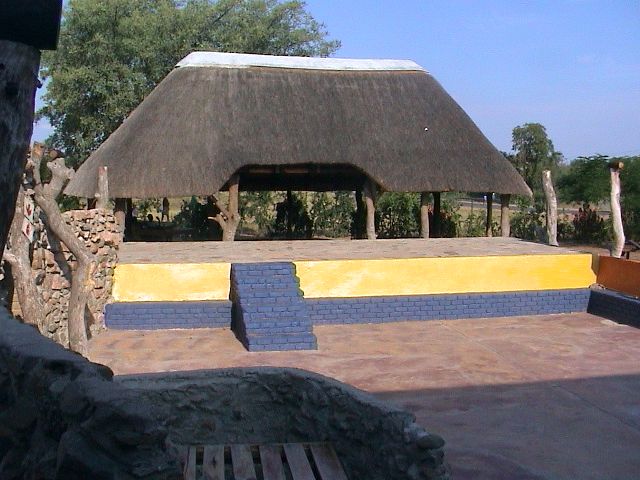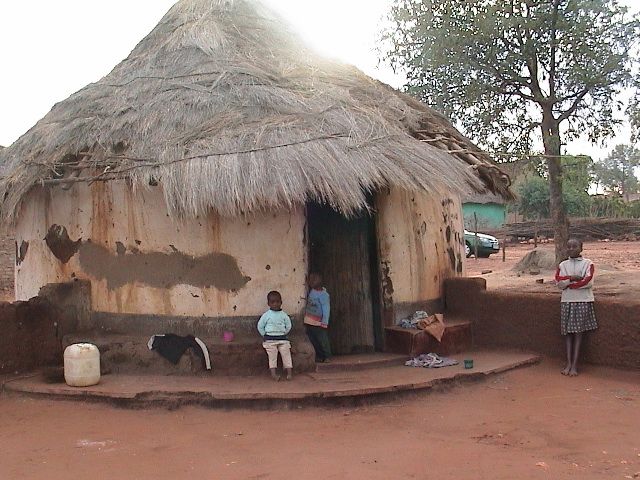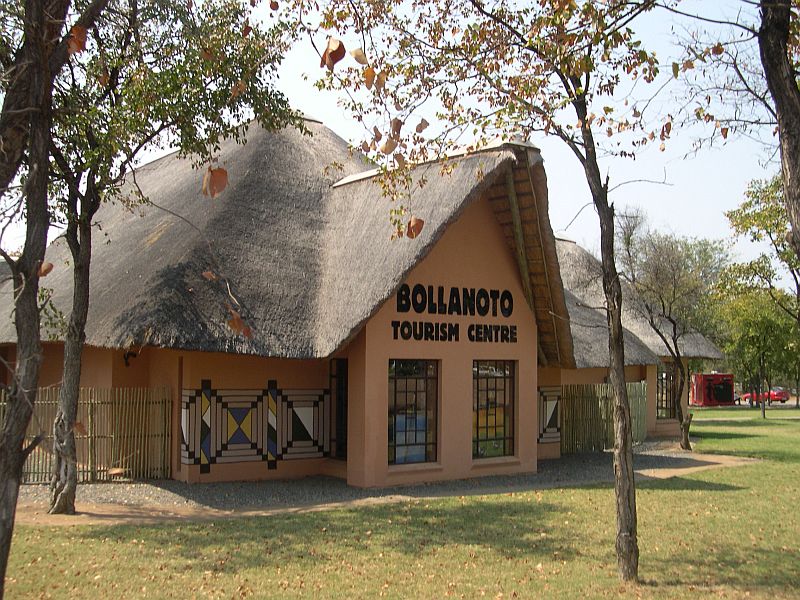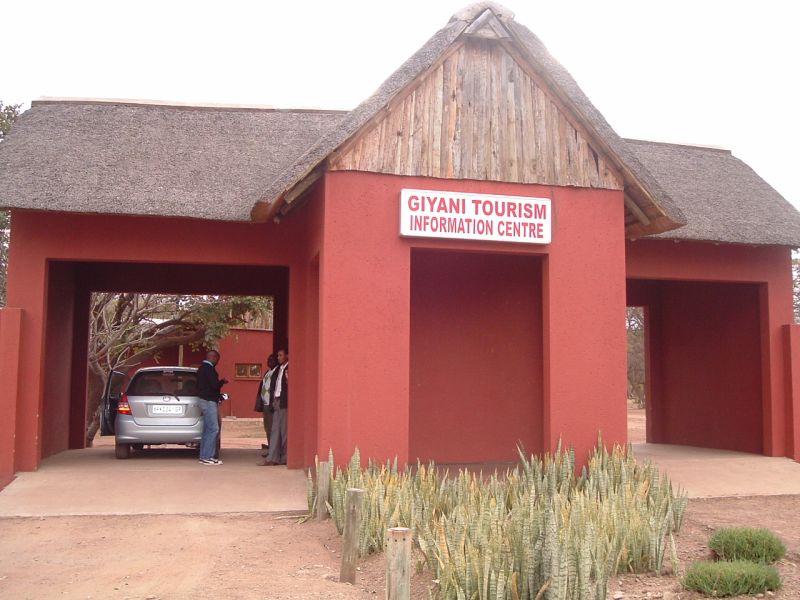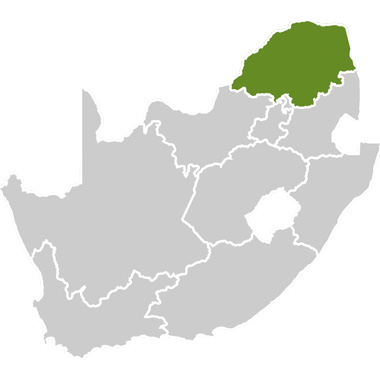The word rixile means ‘rising of the sun‘ or ‘the dawn of day‘. The route, situated in the Limpopo province of South Africa, meanders between the small town of Giyani and Phalaborwa, the only town with a gate into the Kruger National Park. Giyani lies at the heart of the Tsonga speaking region and culture is expressed through craft, music and dance.
The Limpopo Province is rich in cultural history and there is much to do in this land of myths and legends. The game viewing is possibly the best in the country and it is one of the most renowned eco-tourism destinations in Southern Africa. The province’s impressive mountain scenery beckons hikers, climbers and bikers, while mystic cultural destinations intrigue both local and international tourists.
Phalaborwa is known as the town of two summers, with average temperatures of 23°C throughout the year. Tourism and wildlife play a dominant role in the life of this town. Tourists are never more than half an hour’s drive away from destinations such as game farms and lodges, game sanctuaries and nature reserves. The Gateway Airport in Phalaborwa receives daily scheduled flights from Johannesburg to Phalaborwa.
Reasons to visit:
These are ancient lands. Some of the oldest and most comprehensive remains (and evidence) of prehistoric human habitation can be found at the Makapans Caves near Mokopane. Further along the time scale you find the unique history of the Stone Age San. Today their culture exists largely as spirits in the form of immaculate rock artwork, archaeological relics and in the tradition of storytelling.
Baobabs, also referred to as the ‘upside-down tree‘, are a distinctive feature of the province. According to local legend these trees were uprooted and cast back to Earth by angry gods.
There is an abundance of Marula/Maroela trees in the area. The Marula tree is a handsome, medium-sized tree of wooded savannah and belongs to the mango (Anacardiaceae) family. The abundant crop of fruit, high in vitamin C, is a source of jelly and jam as well as the basis for potent liquor. This has been commercialised in recent times as Amarula Cream – one of South Africa’s most successful exports. Elephants are fanatical about the grey bark of Marulas and, when they occur at high densities, can eliminate entire communities of these valuable trees through destructive ring-barking.
A local delicacy worth trying when visiting the region is cooked or fried Mopane worms. The mopane worm is a large, edible caterpillar that forms the basis of a multi-million rand trade in the Limpopo Province and Southern Africa.
Cultural tours are becoming increasingly popular and a number of tour operators in the area offer visitors a unique glimpse of different cultures including traditional reading by sangomas (traditional healers), the opportunity to taste Mopani worms and drink traditional maroela beer and traditional tribal dance and music performances. The famous Phalaborwa Hans Merensky Golfing Estate is about one kilometre from the centre of town. The golf course is one of few in the world where wild animals roam the fairways.
The Man’ombe Nature Reserve is worth a visit and is also the site where the Venda chief, Man’ombe is buried. It is believed that on the top of the mountain there is a spring water fountain that never dries up.
Baleni Sawutini is a traditional salt panning site located close to Giyani where you can still see how this ancient practice is being utilised today. At the Dzimbanyeka Mountains and Old Ruins, the royal kraal of the Va-Venda chiefs can be seen. The kraal, constructed completely out of rocks and caves that were previously inhabited by humans, can also be seen.
Historical sites worth a visit in Giyani include the old library, the old parliament building, tribal prisons e.g. Makhuva and Hlaneki Prisons, Waterval Bridges and the Ngove Peace Pole.

